 Technology
Technology  Technology
Technology  Humans
Humans 10 Everyday Human Behaviors That Are Actually Survival Instincts
 Animals
Animals 10 Animals That Humiliated and Harmed Historical Leaders
 History
History 10 Most Influential Protests in Modern History
 Creepy
Creepy 10 More Representations of Death from Myth, Legend, and Folktale
 Technology
Technology 10 Scientific Breakthroughs of 2025 That’ll Change Everything
 Our World
Our World 10 Ways Icelandic Culture Makes Other Countries Look Boring
 Misconceptions
Misconceptions 10 Common Misconceptions About the Victorian Era
 Mysteries
Mysteries 10 Strange Unexplained Mysteries of 2025
 Miscellaneous
Miscellaneous 10 of History’s Most Bell-Ringing Finishing Moves
 Technology
Technology Top 10 Everyday Tech Buzzwords That Hide a Darker Past
 Humans
Humans 10 Everyday Human Behaviors That Are Actually Survival Instincts
 Animals
Animals 10 Animals That Humiliated and Harmed Historical Leaders
Who's Behind Listverse?

Jamie Frater
Head Editor
Jamie founded Listverse due to an insatiable desire to share fascinating, obscure, and bizarre facts. He has been a guest speaker on numerous national radio and television stations and is a five time published author.
More About Us History
History 10 Most Influential Protests in Modern History
 Creepy
Creepy 10 More Representations of Death from Myth, Legend, and Folktale
 Technology
Technology 10 Scientific Breakthroughs of 2025 That’ll Change Everything
 Our World
Our World 10 Ways Icelandic Culture Makes Other Countries Look Boring
 Misconceptions
Misconceptions 10 Common Misconceptions About the Victorian Era
 Mysteries
Mysteries 10 Strange Unexplained Mysteries of 2025
 Miscellaneous
Miscellaneous 10 of History’s Most Bell-Ringing Finishing Moves
Top 10 Disturbing Modern Experiments
Some scientists have always had a tendency to forget morality in the pursuit of knowledge. In doing this, they have forced animals and humans to suffer. So review boards were created to help bring ethical standards to science.
Institutional review boards are used to regulate research in the United States. Despite many countries having similar panels, unethical studies continue. In large part, this is due to the differing ethical guidelines in animal research and the pursuit of knowledge at any cost. Below are 10 modern-day experiments with disturbing implications.
10 Mind-Controlled Rats
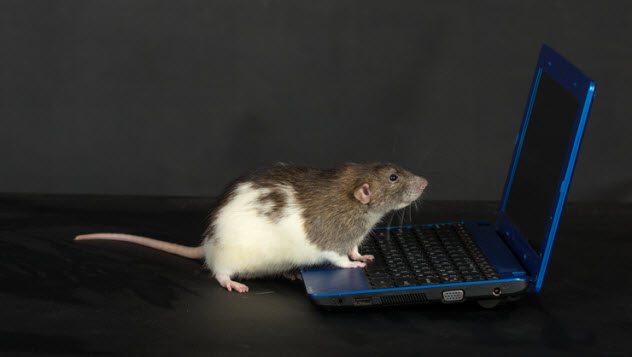
Researchers at the State University of New York have found a way to control rats remotely. Scientists claim that the animals could be beneficial to us by doing dangerous and difficult jobs.
Rats make good candidates for this experiment because of their small size and range of physical capabilities. The technology is still in its early stages and can only detect signals up to 460 meters (1,500 ft) away.[1]
Still, the inexpensive cost of the rat and its equipment makes this scientific achievement downright frightful. Even more disturbing is the fact that a creature can be controlled by a computer.
The researchers controlled the rats by using computers to send electrical signals through the animals’ brains as a way of giving orders to the rats. They essentially became willing slaves to the whims of the scientists, who stimulated the pleasure centers of the rats’ brains.
If this experiment becomes a stepping-stone for controlling the minds of other animals—and quite possibly humans—then we all face the threat of having our autonomy taken away by tyrannical leaders and corrupt governments. This might not happen, but the possibility of it is still disturbing.
This technology could help to create the perfect obedient slaves or citizens. They would not even desire to escape or rebel and would be duped into doing whatever their masters desire—all to get a euphoric electric shock.
9 Artificial Wombs

Artificial wombs are common in the science fiction genre, and scientists are closer than ever to developing one in the real world. They have already created an artificial womb that helped premature lambs develop normally. It resembled a large, clear plastic bag with wires.
The goal of the research is to improve the survival rate and quality of life of premature babies, many of whom suffer from cerebral palsy and respiratory complications. The possible consequences, though, include a plethora of ethical quagmires.
If humans can be produced entirely without wombs, then they might replace natural births.[2] Many women might prefer birth outside their body for health and vanity reasons. The technology could also be used for sterile women and gay couples.
This technology does, however, pose the threat of leading to eugenics and population control if women were sterilized, leaving those with access to artificial wombs as the only ones able to procreate. The possibility of artificial wombs is frightening.
8 CRISPR
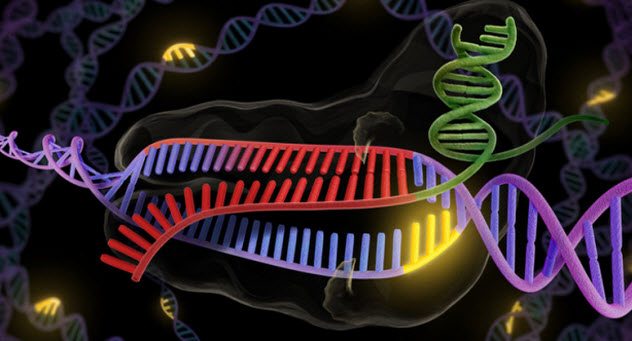
CRISPR-Cas9 is a relatively new gene-editing technology that is precise, inexpensive, and quick. Genetic modification is already controversial, but the possibility of gene-editing technology being used in humans raises several ethical dilemmas.
In 2015, scientists improved the accuracy of the Cas9 enzyme, making it even more viable as a tool for genetic engineering.[3] If we have the ability to modify our own DNA and create designer babies, we are opening the doors to a range of problems.
Genetics is highly complicated. Many characteristics are controlled by several genes, making it difficult to assess the impact of changing any one gene. A gene that may be harmful in one scenario can be beneficial in another. So removing potentially harmful genes may hurt us in the long run.
The idea of creating designer babies is hinged on the idea that some genes are superior to others and that we should try to create humans with superior genetics. If designer babies were successfully formed, then the gap between the rich and the poor could continue to widen.
7 Human Chimeras
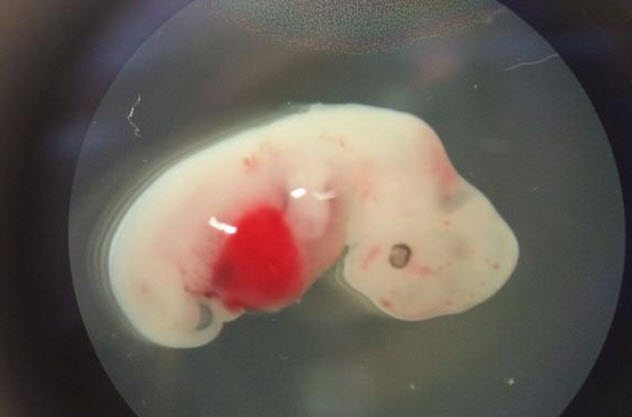
Chimeras are organisms with cells from two individuals. Human chimeras do exist naturally, but they are still 100 percent human. Now scientists have created human-animal chimeras.
These researchers are hoping to manufacture human organs in animals by injecting stem cells into the embryos. Scientists hope this will save the lives of people who desperately need organ donations, but this might lead to the further blurring of the line between human and animal.
It also begs the question of what it means to be human. How many human cells make an organism truly human? Additionally, if the chimeras were to possess similar cognitive abilities as humans, would they be given the same rights or treated as subordinates?
The process may also harm the organism.[4] The real ethical dilemma with human chimeras is their legal standing and how we will tolerate the possibility of human qualities possessed by another species.
6 De-extinction

De-extinction is what it sounds like: the resurrection of extinct species. This may sound intriguing, but it could lead to a host of issues—as it did in Jurassic Park.
In 2003, the first extinct animal, the Pyrenean ibex, was born, only to die and cause the subspecies a second extinction.[5] Less than two decades later, scientists are hoping to bring back woolly mammoths.
First, the researchers must sequence mammoth DNA. They intend to use Asian elephants as surrogate mothers. If this were to work out, mammoths might be seen at zoos but probably not in the wild.
De-extinction raises the ethical problem of bringing an extinct species into a completely transformed world that they might not be able to tolerate or survive in. Furthermore, the possibility of bringing back a species that may never live again in the wild seems like a waste of resources. The money to fund these projects might be better used to help protect other species from extinction instead of playing God.
The idea of bringing back species may be exciting, but it also raises questions on what to do if Neanderthals were brought back. In the future, it may be possible to use CRISPR to produce Neanderthals by using us or chimps as surrogate mothers. This would probably cause a lot of suffering as many cloned individuals are prone to health problems and often die young.
Additionally, life likely would be hard as a modern-day Neanderthal. Teasing and bullying would likely occur due to their differing build and facial features, possibly greater physical strength, and perhaps differing intelligence levels. That is, if they are considered humans and not forced to be our slaves or subordinates in society.
5 Artificial Life
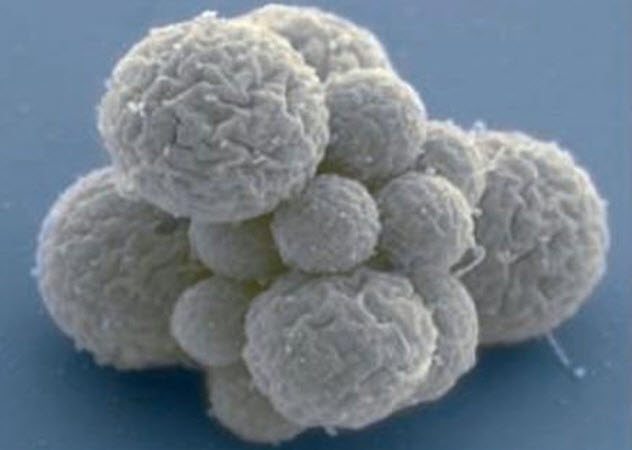
A lab announced in 2010 that it had created the first artificial life-form. The disturbing part of the experiment is that the researchers played God. Scientists hope to create synthetic life-forms to help solve pressing world problems such as energy security, pollution, and disease.
However, the potential negative consequences are drastic, especially since we would be creating something that never naturally existed. New life-forms may wreak havoc upon us or other creatures.[6] The danger of artificial life-forms is that we may create something that we do not understand that could potentially backfire on us.
4 Exoskeletons
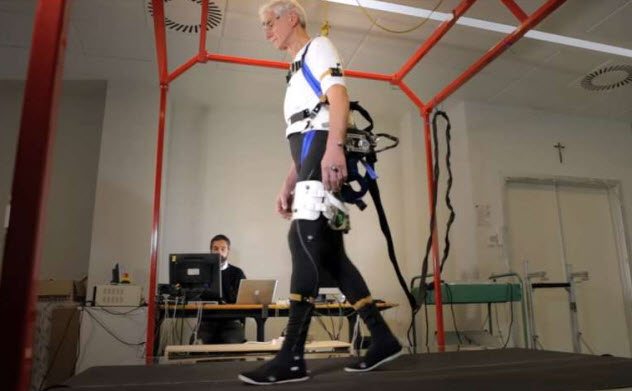
For humans, exoskeletons are devices that are worn to improve strength and mobility—something most humans would desire. The Active Pelvis Orthosis (APO) was created by European scientists to prevent falls, a dangerous reality for the elderly.
However, these exoskeletons are fraught with ethical problems—from cost to retirement. At least at first, they would probably be available only to the wealthy due to cost. Exoskeletons could also be used to push the retirement age even higher and force our elders to work.[7]
These devices may also be used by perfectly healthy and fit individuals to enhance their physical abilities. This could lead to a myriad of problems: robotic enhancement in sports, upgrades of soldiers, and longer hours of labor. By vying to improve our strength, we might end up worse off.
3 Head Transplants
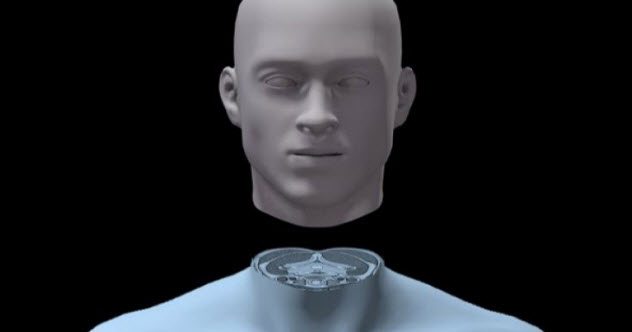
The idea of head transplants sounds far-fetched. After all, beheading is a form of execution. However, Sergio Canavero has claimed to successfully repair the cut spinal cords of mice. Although many people are skeptical, his group is hoping to test their technique on dogs next.[8]
There are many ethical issues surrounding this idea. First, like many donated organs, the brain might be rejected and the patient would have to take drugs to try to prevent this after an incredibly dangerous procedure. These immunosuppressant drugs have side effects including osteoporosis, weakened muscles, and high blood sugar.
Additionally, this leads to numerous questions about identity. Having completely new bodies could be traumatic for the patients and lead to increased aversion to organ donations for potential donors.
2 Enhanced Pathogens
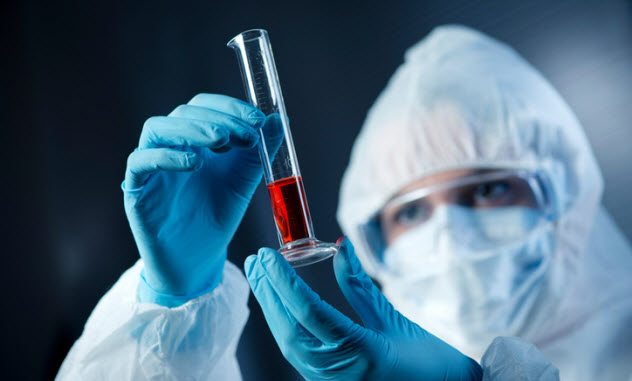
Enhanced pathogens are so potentially deadly that the White House is reviewing the funding of studies that make pathogens more dangerous. Many studies were halted in 2014 due to a string of frightening accidents in labs.
Scientists study enhanced pathogens as a way to take defensive measures against the next pandemic. But these disease-causing agents could accidentally cause a pandemic if a super pathogen were to escape from a lab.[9]
The other disturbing possibility is bioterrorism—something the CDC is already preparing for. The ability to create even deadlier diseases opens the door to greater threats posed by pathogens.
1 Love Potions

Love can be magical and difficult to understand. It can also cause a lot of pain. Nevertheless, the scientific community is studying ways to brew love potions, a potentially disturbing development.
The neuropeptide oxytocin is being studied to examine its ability to help with relationships. Some scientists are skeptical that we can truly create love potions. But if researchers were able to successfully use oxytocin or other substances as love potions, the ethical implications would be profound.[10]
These drugs would probably be used to support rather than form love, but the idea of trying to recreate something as complex as love can be seen as playing God. Additionally, forcing someone to fall in love with you, if that could happen, would be highly unethical. It would violate a person’s autonomy, and the love potion may be considered a date-rape drug.
Furthermore, we may just be putting a Band–Aid on our problems by becoming dependent on love drugs to cure heartbreak and fix relationships. It may be wiser—and certainly better—to deal with love the old-fashioned way.
Alexandra loves guinea pigs, reading, and food.
Read about more disturbing experiments that crossed ethical lines on Top 10 Unethical Psychological Experiments and 10 Scientists Who Completely Ignored The Idea Of Human Rights.

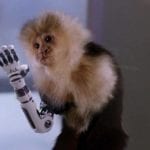





![Top 10 Disgusting Foods The Chinese Eat [DISTURBING] Top 10 Disgusting Foods The Chinese Eat [DISTURBING]](https://listverse.com/wp-content/uploads/2020/03/23773182-0-image-a-46_1580303417295-150x150.jpg)
